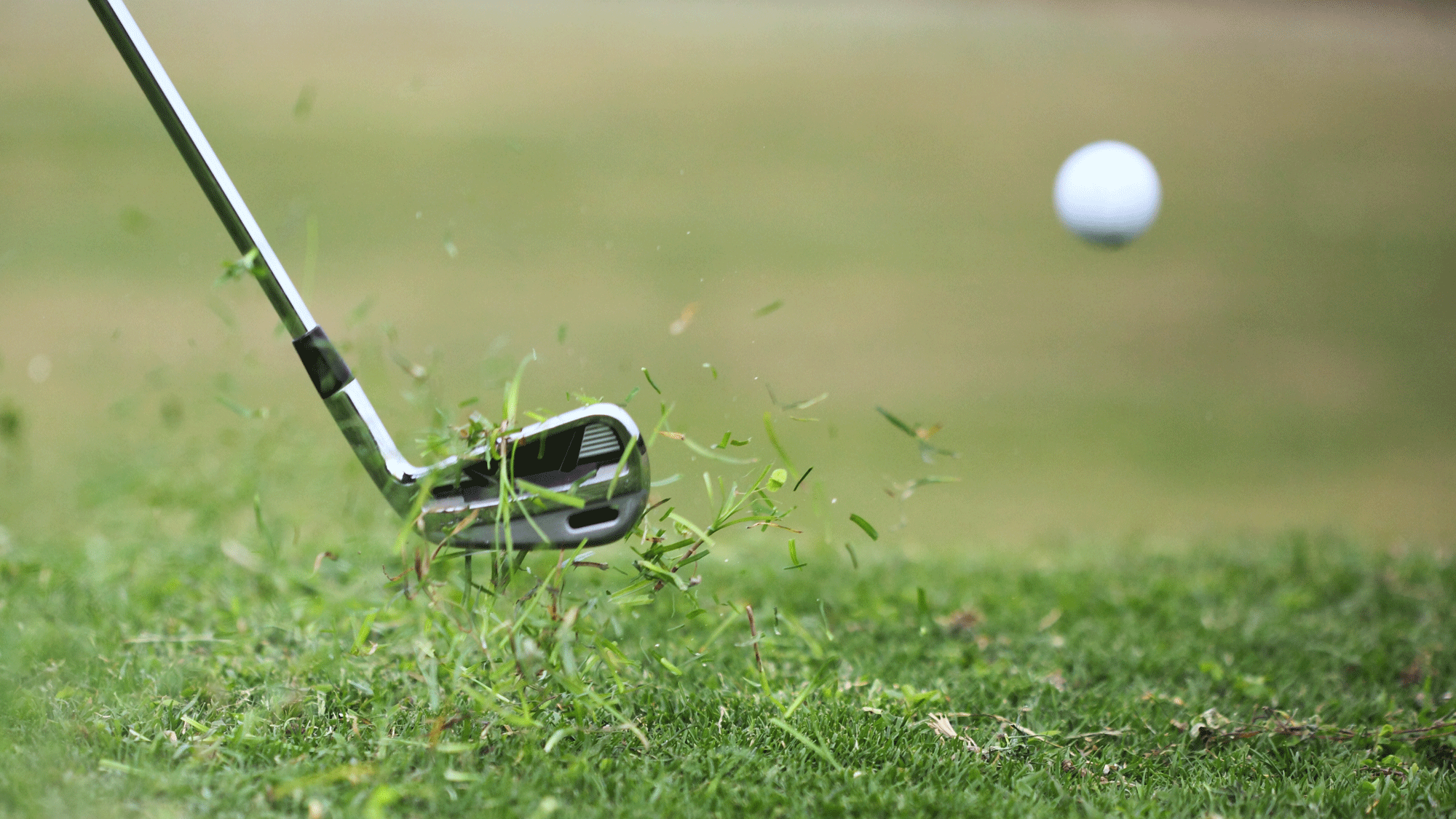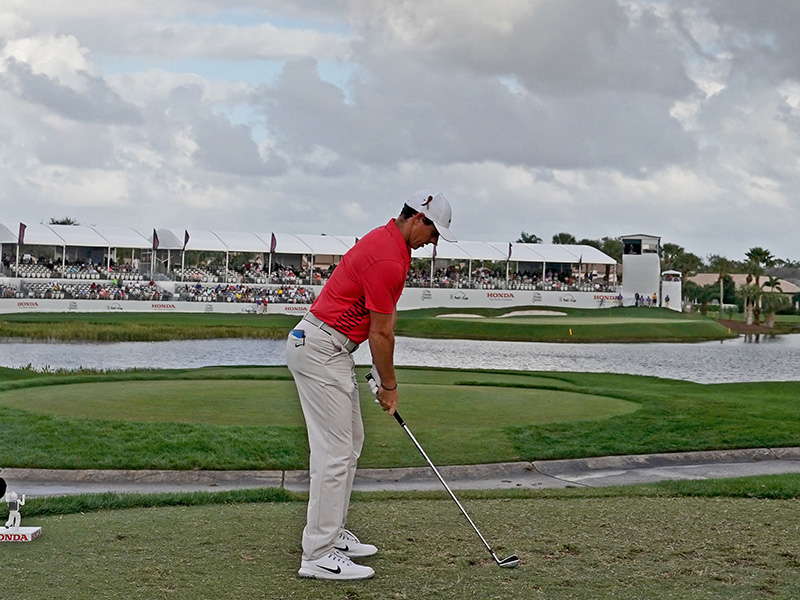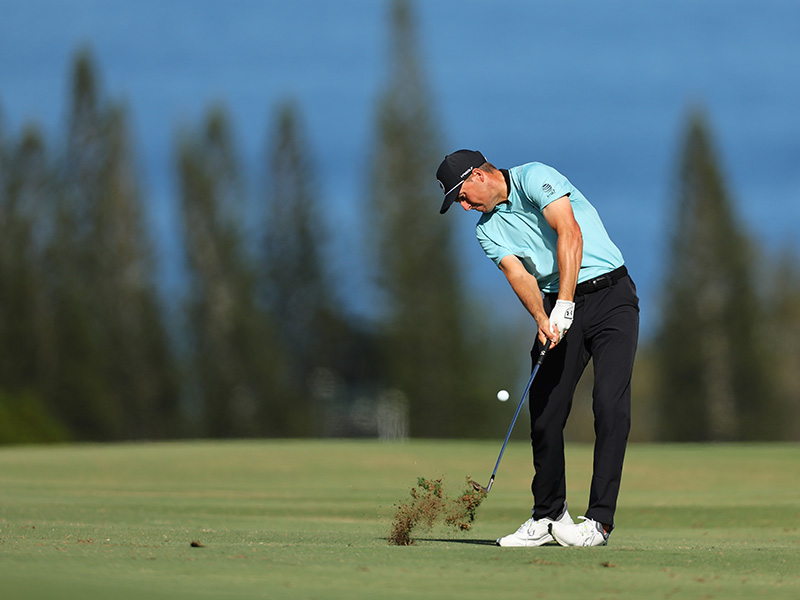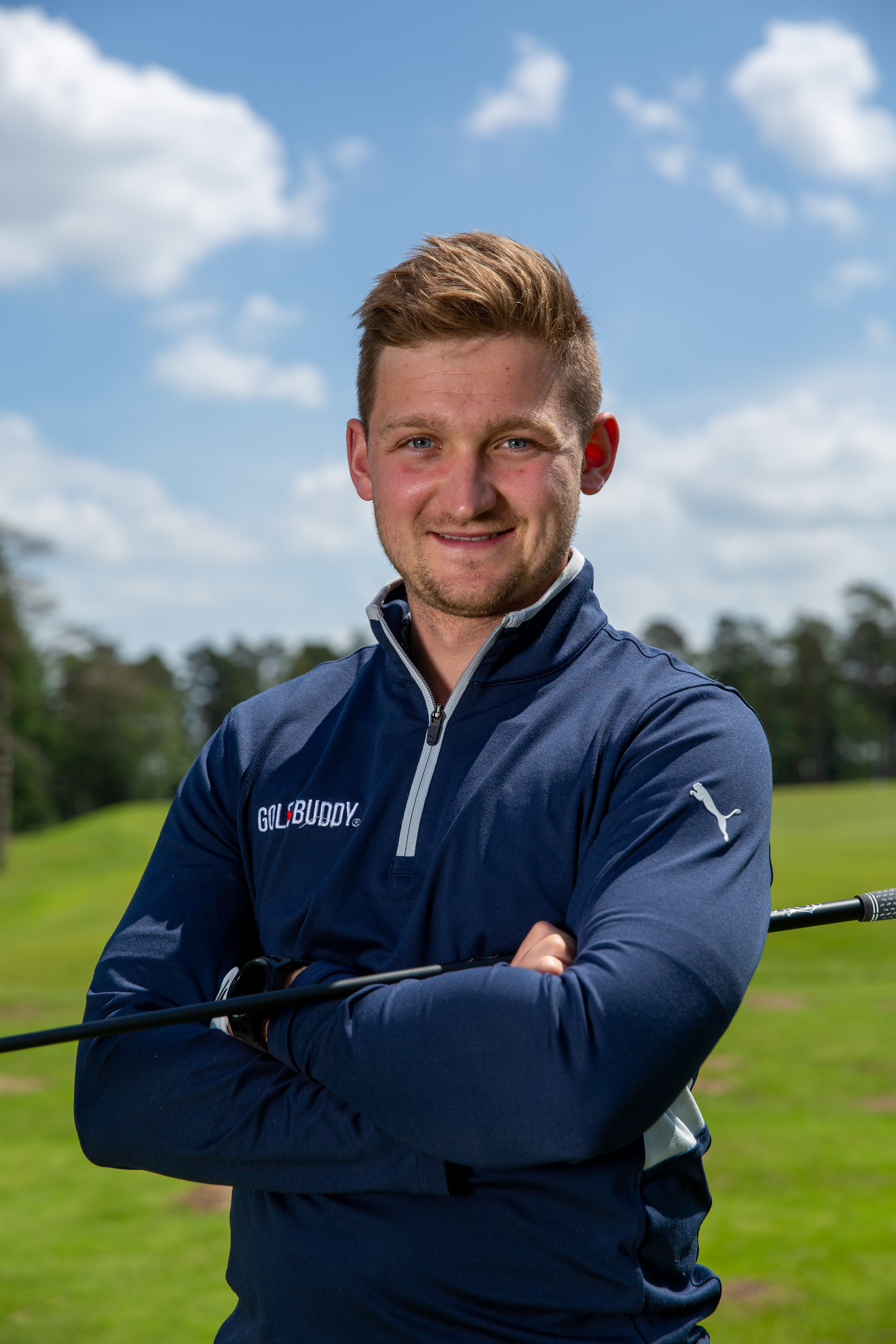Are You Thinning Iron Shots? Here Are The Causes And Cures
Thinning iron shots can quickly destroy your card. PGA pros Alex Elliott and John Jacobs have some great advice to get you back on track!


John Jacobs
Thinning iron shots can not only feel frustrating, but it can also have a huge impact on your scorecard. Many golfers have a problem with this, particularly with how to hit long irons, and often want to stop striking the ball heavy. Thankfully, in the video and article below, PGA pros Alex Elliott and John Jacobs share some simple tips that provide instant feedback and will get you started on the journey to better and more crisp strikes with your irons.
Thinning iron shots
If you are hitting thin iron shots, your first checkpoint is with your posture. While the golf swings of the best players in the world differ greatly, something they all have in common is a good posture at address. This is just one of the things tour players do that you don't and it lies at the heart of consistent ball-striking.
One posture-related fault is when your pelvis moves towards the ball during the downswing. While unintentional, this is often a consequence of tiredness at the end of an overly long range session - a mistake great golfers don't make.
This move leads to your shoulders rising which lifts the arc of the swing and the clubface catches the ball on the equator. By setting a strong, athletic posture at address you will maintain the angle of your pelvis through impact. This is an essential element in how to swing a golf club.
At address push your pelvis back, as if you are pushing your backside up against a wall. This will create the room you need to swing your arms - then aim to keep this angle as stable as possible during the swing.

It's always useful to have an image in mind of how to stand correctly to the ball. Rory McIlroy has a perfect posture at address!
What does 'thinning a shot' mean?
There are more tips below on how to fix thin iron shots, but first let's look at exactly what the term 'thin' means. Essentially, this is when you strike the ball with the very bottom (leading edge) of the golf club. Ideally, you want to compress your iron shots, taking a shallow divot just after impact.
When you hit the ball thin, the club tends not to come into contact with the ground. When you 'thin' a shot, you hit the ball with the leading edge and this often creates that uncomfortable stinging sensation in your hands. Another clear indicator would be the ball flight, as it will usually come out lower than you had planned.
Subscribe to the Golf Monthly newsletter to stay up to date with all the latest tour news, equipment news, reviews, head-to-heads and buyer’s guides from our team of experienced experts.
Chicken wing
You might be wondering 'what is a chicken wing swing?', but it's one of the reasons that golfers may be thinning iron shots. If you watch high-level players, you’ll notice that most have a straight left arm in their golf swing as they release the club through impact. While this isn't the case for all professionals, this might be why you are thinning iron shots.

Jordan Spieth with a slightly bent 'chicken wing' left arm
Lots of amateurs shorten or bend their arm to prevent them from hitting the ground. This is a compensatory move that's often required because golfers don't know what is the right angle of attack and they end up getting too steep.
To combat this, try some drills to get your golf swing on plane or try to hit shots from a side hill lie with the ball above your feet.
At the opposite end of the spectrum, you may also hit thin irons shots due to having a very flat swing, where you swing your arms too much around the body. This makes it impossible to hit the bottom of the golf ball.
To improve this, hit some mid-iron shots and place a tee peg in the ground just in front of the ball. Focus on striking the tee through impact, as this will force a slightly steeper angle of attack.

Location: Mottram Hall
Alex spent a great deal of time learning the game from fellow northwest golfer, Andrew Murray, who was a European Tour regular from 1979 to 1995. He spent three years on the European Tour caddying for Andrew’s son, Tom, before taking his PGA qualifications. His passion for the game and personality in front of the camera has helped him to create a thriving social media platform on Instagram and YouTube, where he offers a whole host of tips and advice to help viewers shoot lower scores.
Most significant influences on your teaching:
Mike Bender's book, 'Build The Swing Of A Lifetime', which I read during my PGA qualifications. He uses so many different tools to help students deliver the club better when hitting the golf ball. Andrew Murray, too. He helped form the way I interact with golfers and simplified what can be a complex game for a club golfer.
Advice for practice:
I like to get students to work in sets of five golf balls – three drills shots to two course shots. The drill shots have no consequence, but with the two course shots, I ask the student to create a green or fairway and go through a full routine.
Greatest success story:
One of my students hadn’t played golf for ten years - he'd lost his love for the game. After watching my online Instagram and YouTube content, he came for several golf lessons and has now joined a local golf club. Knowing I've helped get someone back into golf... you can't beat that.
- John JacobsTop 50 Coach